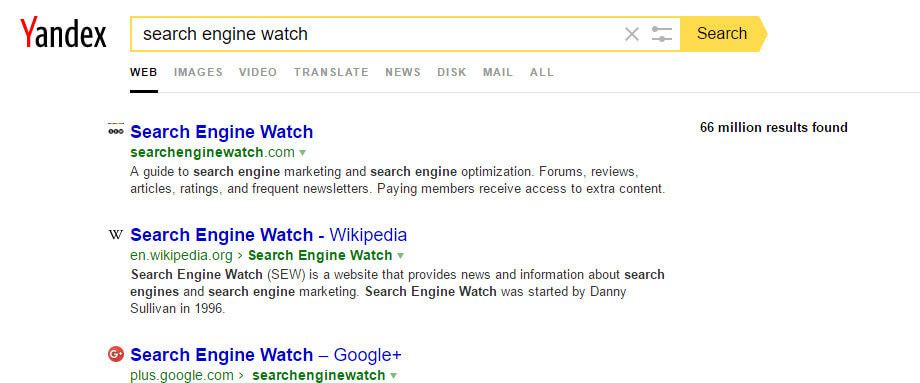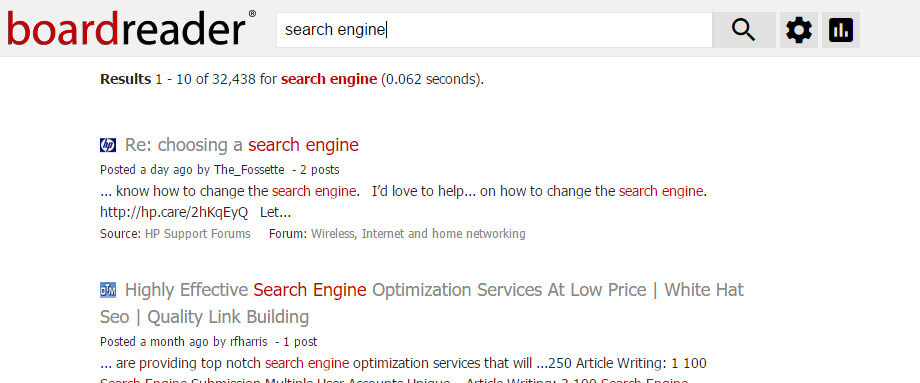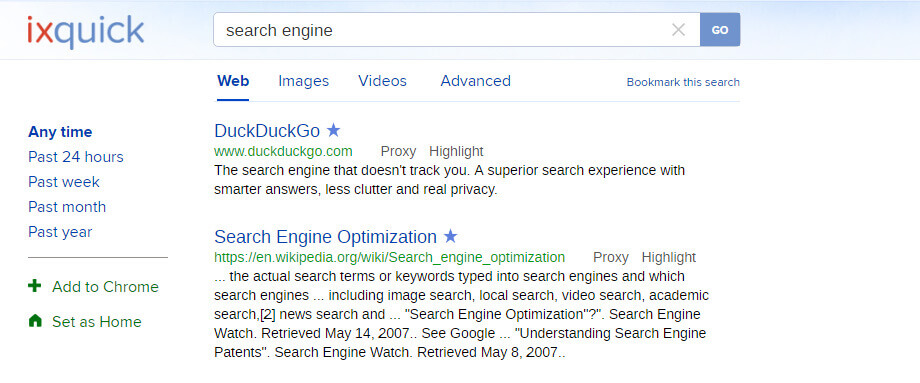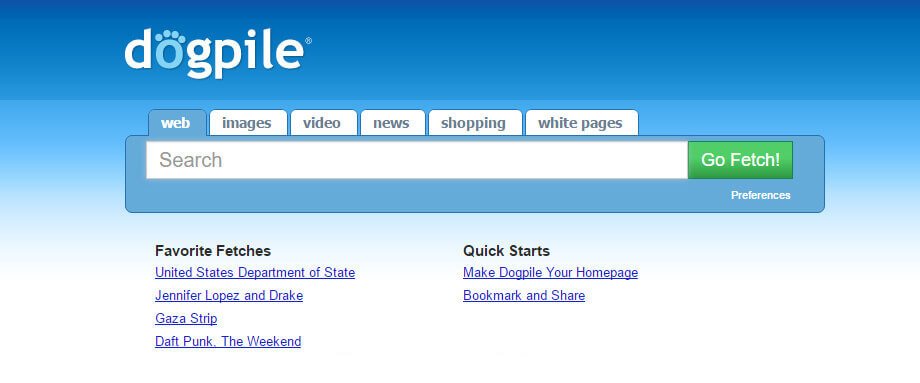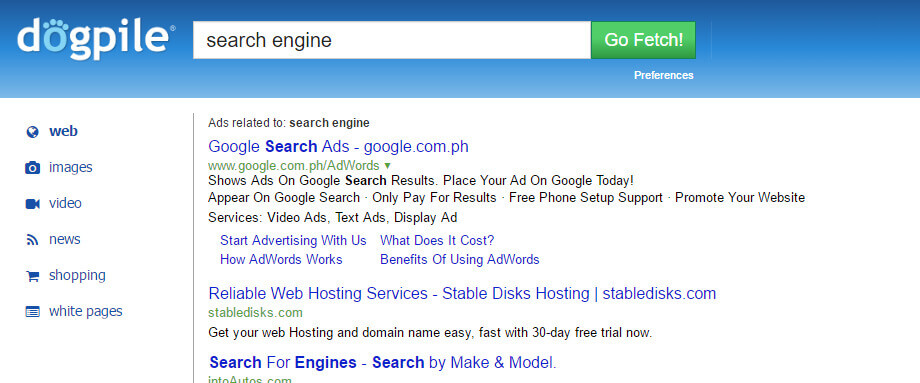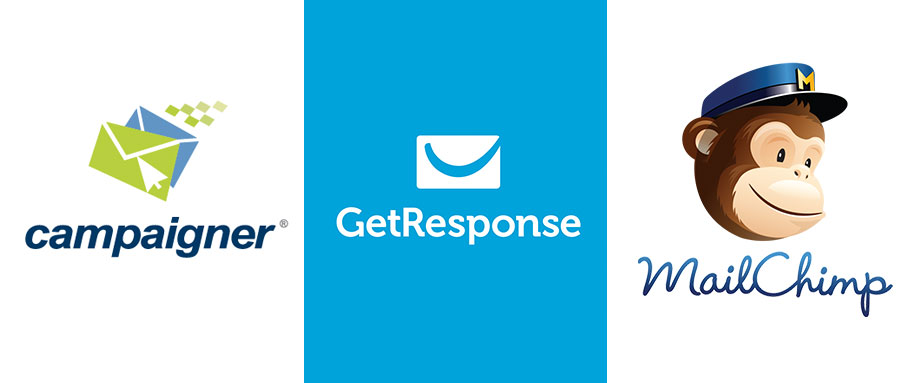Are you an SEO agency yourself from North America, a business owner or a manager?
Is there a challenge in outsourcing SEO (we have written a piece about it here)—Yes—But here is a guide on how to consider some SEO agencies to outsource to—so it works like a charm for yourself and your customers for the years to come 2017 onwards.
So let’s begin…
Most people fear outsourcing because of the geographical distances, cultural differences and we know trusting someone far away to be an integral part of your ambitions can be terrifying.

However…
Being in the business for over 10 years, what we can say is that using simple internet tools like email, skype and project management tools like basecamp just makes this world seem way smaller than what you could imagine.
It simply feels your SEO provider is actually right next door.
Philippines is known to be an international destination for outsourcing. Culturally, the people from the Philippines are very adept and comfortable working with Americans because they have been doing so for over two decades making us a top contender for outsourcing.
Trusting someone far away need not be a fear anymore. Seo providers in the Philippines, have been around for decades now and you can always check their standing in Social media, call their past clients and there are tons of other ways to know if someone is to be trusted or not.
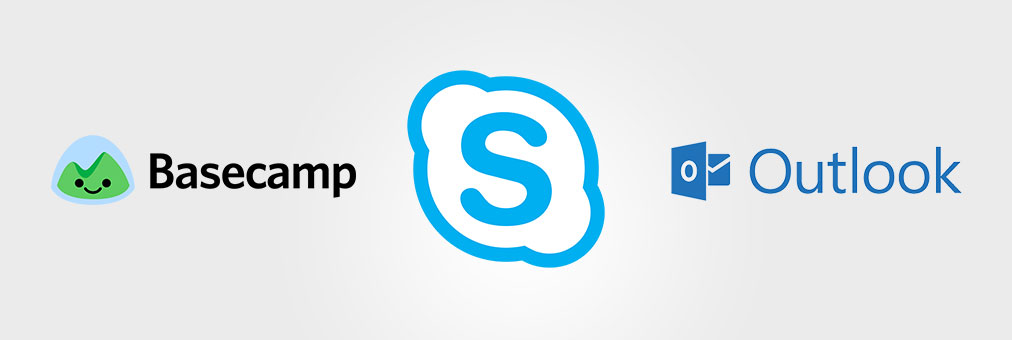
But,
I think the three considerations above are not as important, in outsourcing, those are basically standards.. What you really want to know is – Who To work with?..
You want to work with someone who has evolved with Google and its users. If you see a provider who has a list of “X” number of links and “Y” amount of blogs per month as an SEO package without even having audited the site first, of course — This a no brainer these days. That`s the one you avoid!
Basically anyone who has an “Auto-pilot” SEO method. Any provider who has a templated method will fail in Google this year and the years to come.
The one you want to short list to your list of possible SEO agencies to work with will have these qualities.
- Amazing Site Audits that contain:
- Design UX
- Page Load Optimization
- Competition Analysis
- Site Content Comparisons
- Site Visitor Value
- Call To Action
- Amazing Analytical Insights
- Recommendations and Flexible Cost/Time Estimations
After the audit, the provider can give you a recommended list of what items to action first and what can come later. This allows you to be flexible with your costs for SEO and deliverables.
- Understands User Value
If your SEO provider is paying a lot of attention to the site users. How the pages load, what messages come, how they fill intake forms and how long they spend on the site is an excellent indicator of a top notch SEO agency.
- Understands Link Building vs. Actual Traffic
Using content as a referral traffic growth indicator vs getting linked to by other marketers. – In this distracted world, marketers are great at marketing to each other and not to the desired audience.
SEO agencies have become great at guest blogging and syndication content to each other. While their link profiles may get better, a truly great SEO agency focuses on getting traffic from a desired audience.
Content marketing for just links is just like doing a lot of dumb work.. Just as George Lois said, “If you think people are dumb, you will spend a lifetime doing dumb work.”

- Analysis Paralysis (the cost of no-action)
SEOs have other 1000 things to action. However, if their priorities are not set up properly, they do not get results quick and often end in Analyzing and Auditing more than “action-ing” the right things first.
- Call, Chat and Email Support 24/7 on workdays
For over 10 years our office has been open 24/7. We do this so that clients always know that we have someone who they can rely on for immediate answers or concerns.
Sites go down sometimes. There may be some critical errors in the site/s etc… This is why our expert Web Team and SEO team are there to support and repair things when needed right away.
- Designated Project Management
All of our customers have an appointed project manager so that they have only one person they need to communicate with as opposed to 2-3 people that makes things complex.
- Weekly and Monthly Reports
We don’t just report ranks. We report all items executed and other important Google webmaster Console and Google Analytic metrics in our reports and give our action items for the next period.
Wow – you have shortlisted the agencies you want to work with and now, you need to come on-board.

There are some formal paperwork that you need to work on with your agency, such as:
NDA (Non-Disclosure Policy)
Get the agency to not discuss you and your operation and other details with others.
PROPOSAL
Get a proposal per site/s. This will make sure that each of your site has been given due attention in terms of Audit, Cost and Time deliverables.
EXCLUSIVITY
Sometime clients often want exclusivity, meaning that the agency will not work with a competitor in the same niche. These maybe slightly more expensive but it is something worth asking your vendor about.
CONTRACTS
Look for shorter contracts to work with. After satisfactory results, you can opt for yearly contracts. At Redkite, we take clients on-board for the first term for only three months. This way we want them to feel at ease with their decisions and focus on results more than anything else.
Now, different agencies will have different client on-boarding systems but what we do at Redkite, is we use Google Drive—that we share and collaborate with various teams at our agency together with the clients.
You may have just one site or scores of them. Although the on-boarding process is basic, the action items are very custom per project because that is based on the audits and recommendations per site which is based on-top per contract items signed by us and our clients.
After contracts are signed, payments are made and teams are oriented, we start executing items one by one.
Links, content and any change we make even things like Meta-data are not effected until we get a direct approval from the client. We always need client approval until there is a time where the client has enough faith in us and we are asked to execute items without their approval.
Clients can always look into their campaign Google Spreadsheets to see what was done, what is being done and what will be accomplished the next few weeks.
Weekly rank reports tell our clients how they are ranking at Google and our monthly reports are a comprehensive report on work done and what we intend to do in the next month.
It`s a fairly simple process.. you just need to find someone that resonates with you. Someone you can trust, someone who has done the job before and someone who cares about your customers.
Best of luck and wishes form all of us at Redkite!





































